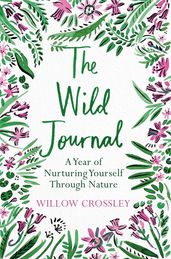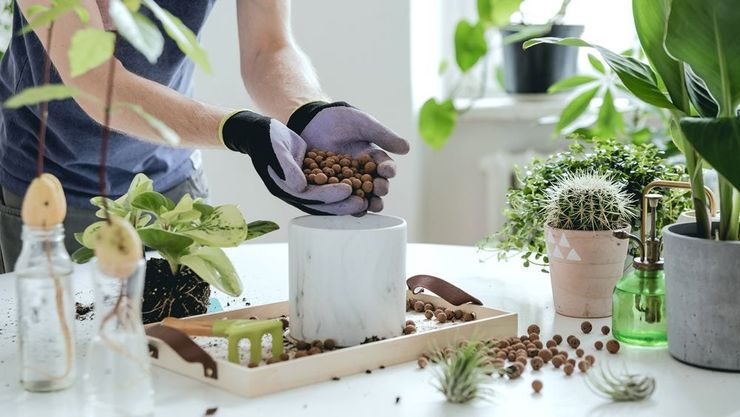Synopsis
Whether you live in a house or flat, in a rural or urban environment, this beautiful book shows how to harness the natural world around us and feel more grounded and rooted in our surroundings.
'Inspirational' – Cara Delevingne
The Wild Journal is a beautifully illustrated guide from leading florist and nature writer Willow Crossley. Guiding you through creative practical projects and therapeutic seasonal reflections, The Wild Journal celebrates the potential of nature to mend, heal and transform our mood.
The simple, back-to-basics habits and small seasonal changes in the book can help everyone to counteract the unpredictability and chaos of everyday life. Wherever you live, there are simple mindful actions – from listening to birdsong instead of rushing on your commute, to collecting natural treasures such as feathers, branches, pebbles or pine cones. Willow shares her creative techniques for bringing nature into your daily routine – whether it's planting and potting, identifying wild flowers, trying your hand at beautifully simple flower arrangements or making your own essential oils and candles. There is space to record reflections and your favourite seasonal activities, as well as ideas for star-gazing, bird-watching, and so much more.
Willow Crossley's creative approach is informed by an artistic eye and a life spent immersed in nature. From growing up in Wales where days were spent exploring outdoors and flowers adorned every surface, to living in France surrounded by fields of sunflowers, iris and fragrant lavender, nature has always been an intrinsic part of her everyday life.
Details
Reviews
Beautifully illustrated...a pleasing entry into the transformative and healing power of the outdoors.
Having moved to the countryside four years ago, this book is not only a wonderful guide, but also feels like it could be my own personal journal. In her passion-driven knowledge and playful storytelling, Willow talks and cares for her surroundings the way one would for a friend. It has reminded me how much love, loyalty and kindness are as important to nature, as they are to me.
A must-have for anyone interested in the positive impact engaging with nature can have on your soul




